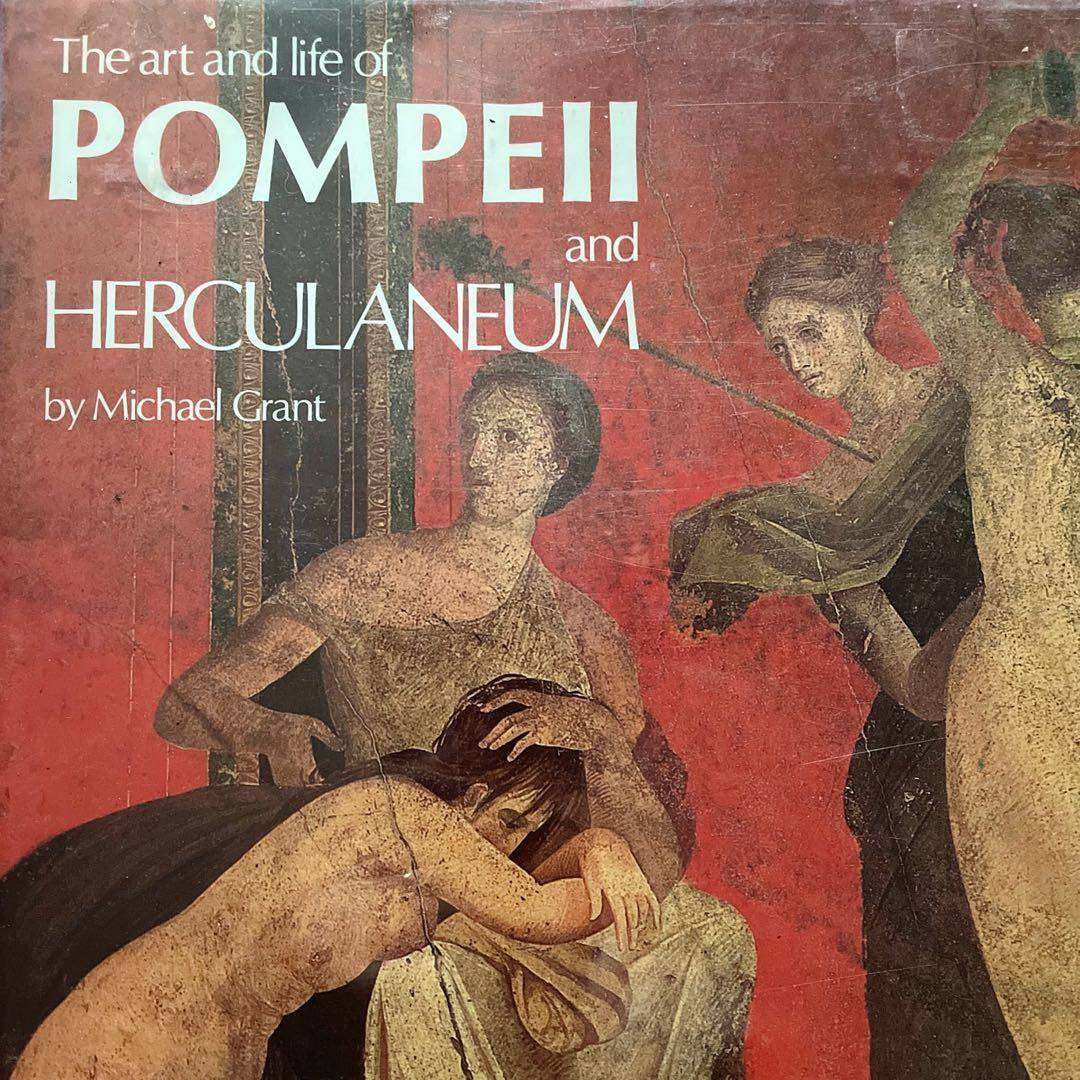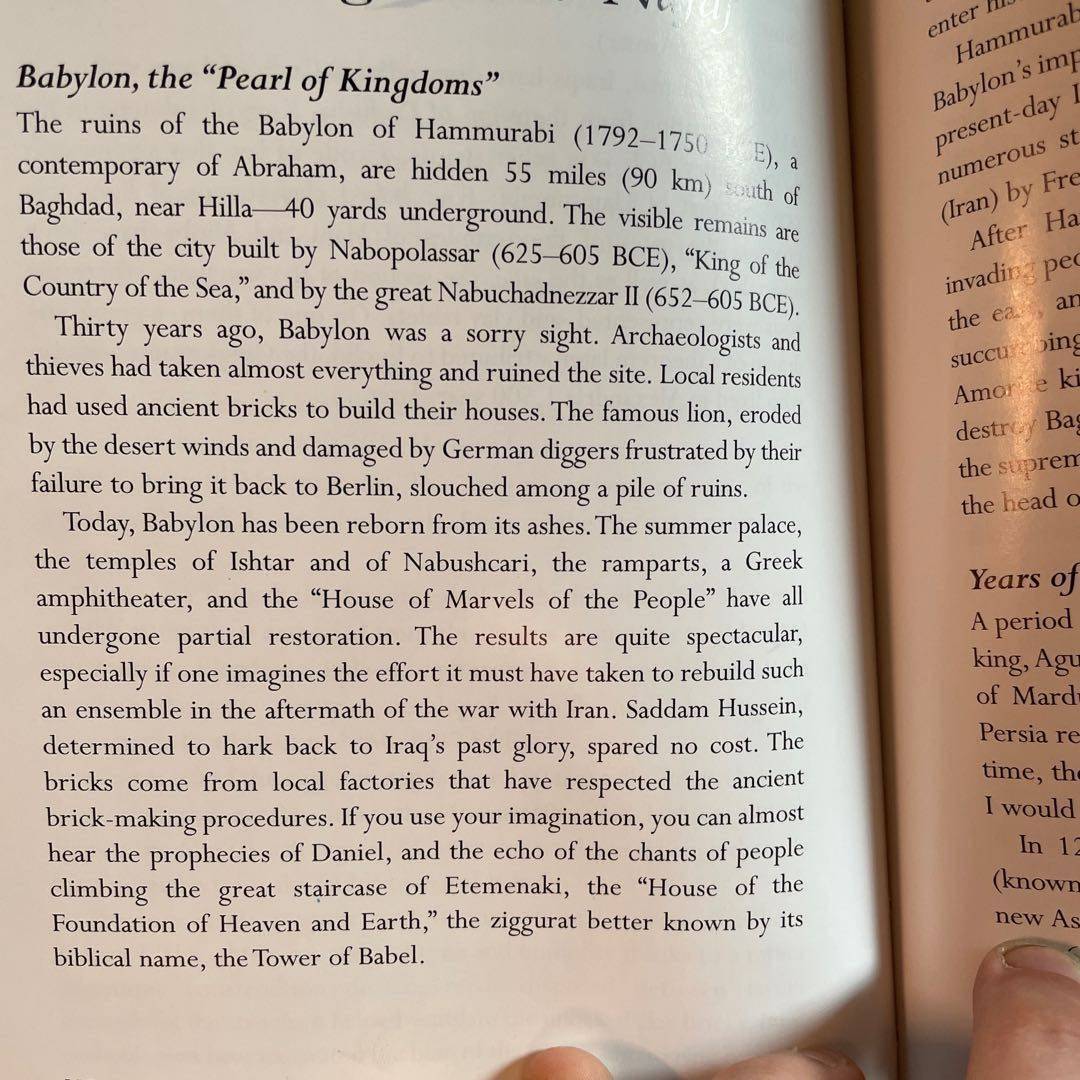
Short and bittersweet—


I‘m very excited about this book.
I‘m on page 46, and this honestly isn‘t starting out great. The writing in general is fine, but I have this growing suspicion that Newman is a flaming misogynist. One of the main characters has that gross trope going where she‘s physically 16–but since she‘s actually 400+ years old it‘s okay for the author to talk about her like an adult. Other women in the story are collectively referred to as fawning over a guy and fussing over a social setting.

I found 4 cool books at the shop yesterday. The 1st was a biography of Rasputin. The 2nd was called How the Irish Saved Civilization: it was about how European art was preserved in Ireland during the Dark Ages. The 3rd was historical fiction called The Rebels of Ireland, but it was #2 in its series. The 4th was the one I ended up buying. It‘s an account of the Challenger disaster by Adam Higginbotham. His book on Chernobyl is great.

I‘m slowly coming out of “new parent hibernation”. We took a family trip to the bookstore, and this was my pick.

I‘m trying to keep my recent reads firmly planted in the Middle Ages.

I‘m about 100 pages from finishing this book, so I drew a little sketch in my planner. I have a small list of possibilities for my next read. These are my top three.
• Empires of the Sea by Roger Crowley
• The Life of Elizabeth I by Alison Weir
• Life in a Medieval Castle by Joseph Gies & Frances Gies

“The dreadful punishment of drawing, hanging, beheading, and quartering had first been introduced into England by Henry III in 1238, when it was meted out to a man who had tried to murder the King.” Pg 248

I haven‘t read much fiction in a long, long time. I enjoyed the movies but wanted to get deeper into the lore, into the world building, so I picked up the first book in the Dune Chronicles. The cover art is beautiful.
Also I had a baby, so I haven‘t had much time to do really anything this year.

I found this historical fiction of Llewelyn of Wales at the bargain bookstore for $4. What really caught my eye is how worn and well-read it was compared to the books next to it.

“On the night before Isabella arrived in Paris, King Philip and his court had witnessed the burning of her godfather, Jaques de Molay, last Grand Master of the Knights Templar.” Pg 98
I had no idea the last Grand Master—the man Isabella‘s father unjustly charged with treason so he could take the Order‘s assets—was also her godfather.

“These happy and auspicious plans were overshadowed in France by the mass arrest of about two thousand Knights Templar, on the King‘s orders, on 13 October. …For the next seven years, the Templars in France would be…interrogated, tortured, tried, and sometimes burned at the stake. Philip‘s treatment of the Templars paved the way for their condemnation by the Pope and the dissolution of the Order.” Pg 13-14

“…in 1309, under pressure from Philip, Clement moved the seat of the papacy from Rome to Avignon in southern France, where it was to remain for nearly seventy years, in thrall to the kings of France.” Pg 11

This full color, glossy-paged book from 1979 is another bargain bookstore find for $4.99.

I picked up a couple books by Alison Weir at the bargain store last week. It seemed best to start here since I just read _England in the Age of Chivalry . . . And Awful Diseases_ by Ed West: it offers a very, very brief history of England around the time of Isabella.

This was another enjoyable installment in the Rick and Morty comic series. About half the book was populated with short stories of various flavors. In the spirit of Inter-dimensional Cable, they drew from many hilarious tropes and premises.

Gorman writes with the spirit of the early TV series. It‘s oddly refreshing to get back to the irreverent absurdity that l fell in love with in the first place.

This was a pretty enjoyable, quick read that brought back some beloved characters from the TV series. I can‘t decide if the Sleepy Gary story was my favorite or least favorite.
Overall I enjoyed this quick read, but I thought the author spent too much time on the personal details of the cast—details that ended up being irrelevant. Descriptions of the viruses and containment procedures were super interesting.
“If the elephants have been tusking out the rock of Kitum Cave at a rate of a few pounds a night, the cave could easily have been carved by elephants over a few hundred thousand years. Ian Redmond…calls it speleogenisis by elephants—the creation of a cave by elephants.” Pg 397-8

My husband spotted this beauty on the bottom shelf of the bookstore yesterday, and we had to have it.

After finishing 1453 by Roger Crowley, I decided to move back in history to read about the empire Byzantine was heir to.
Wow, that was a fantastic read in both subject matter and writing. Reading about the history leading up to a massive siege was almost as fascinating as being taken through the politics and tactics of the actual battles that happened over those 50+ days of siege at Constantinople.

“At the time of the first Arab siege of 669, a strange prophetic book had appeared, the so-called Apocalypse of Pseudo-Methodius.” Pg 186

“In the slashing, hacking confusion, the two leaders squared up to each other in single combat in front of their men.” Pg 162

“The obsession was linked to secrecy, learned young in the dangerous world of the Ottoman court, which made him keep plans close to himself until they were ripe.” Pg 145

“Today, Babylon has been reborn from its ashes.” Pg. 110
“‘Battles on the sea are more dangerous and fierce than the battles by land, for on the sea there is no recoiling nor fleeing, there is no remedy but to fight and to abide fortune, and every man shows his prowess.‘ Jean Froissart, fourteenth-century French chronicler” Pg 123

“The Greek chroniclers struggled to convey what they saw, or even to find a vocabulary to describe the guns.” Pg 116
“During the winter of 1452, [Orban] set to the task of casting what was probably the largest cannon ever built. This painstaking and extraordinary process was described in detail by the Greek chronicler Kritovoulos.” Pg 91
“Booty was a raison d‘être” Pg 24

“Orthodox religion worked powerfully on the emotions of the people through the intense colors of its mosaics and icons, the mysterious beauty of its liturgy rising and falling in the darkness of lamplit churches...” Pg 18
“The Byzantines, who were heirs to the practical engineering skills of the Roman Empire, seem to have developed a technique for heating the mixture [for Greek Fire] in sealed bronze containers, pressurizing it by means of a hand pump, then emitting it through a nozzle, where it could be ignited by a flame.” Pg 13
“‘A red apple invites stones.‘ Turkish Proverb”. Pg 9
“To the Ottoman Turks of the fourteenth and fifteenth centuries [the Theodosian wall] was ‘a bone in the throat of Allah‘.” Pg 1-2

After reading a bunch of fiction, I decided it was time to whip out this book about the fall of Constantinople.
“‘Definitely not gypsies,‘ he decided in his semiconscious delirium. ‘Aliens perhaps?‘ Yes, he had heard about things like this. Fortunately, the beings would not harm him. All they wanted were his—“ Pg 431
“Glick was sweet...charming in a pasty, Briddish, unstrung sort of way. Like Hugh Grant on lithium.” Pg 229
“Opponents point to the Buckyball, a self-assembling, soccer ball–shaped carbon nanomolecule. Once thought to be harmless, it now turns out to persist in the environment for considerable time when released, invading the cells of living things with unknown consequences.” Pg 3015
“Elderly Papua New Guinean women were still dying from prion infections contracted at burial feasts they had participated in forty years before.” Pg 3070
This was a painful read that I wanted to cover in red ink and mail to Roach‘s editor. I think my fairest complaint is her lack of flow inside paragraphs and between them, which change tenses in thoughtless ways. It feels like an attempt at flow of conscious writing but comes off to me as poorly organized. She would often use this to end talking about a topic that had been barely introduced. It felt forced with tons of sad filler in many ways
“We made a unique contribution of our own to the region‘s multiplying environmental tragedies. In 1972, two fisherman died when a shift in the direction of the wind sent a cloud of plague over their boat. In the 1970s and 1980s, abnormally high instances of plague were detected in rodents in inhabited areas north of the testing ground. After the Soviet collapse of 1991, doctors reported outbreaks of plague in several areas of Central Asia.” Pg 16
It seems like an appropriate time to read a book on biowarfare, aye?